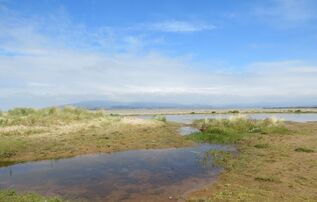 Sandscale Haws
Sandscale Haws Across the Duddon Estuary lie the Lake District Fells. The sand dunes unfurl carpets of summer flowers before us, with changing species and patterns. When the sun is at its zenith the dune flora responds with a release of nectar and a wonderful herbal fragrance.
The dune-system is dynamic, constantly changing, and the floral diversity of Sandscale Haws is a delight and a challenge. We come upon goat's beard, Jack-go-to-bed-at-noon, Tragopogon pratensis with its parachute seed heads and green flanged flower buds. No sign of its yellow flower.
We see pyramidal orchid the moment we set forth but later we come upon clusters of them, with early marsh orchid and common spotted orchid. Somewhere, there are bee orchids but we do not find them. The National Trust species list reminds us how much there is to discover. Some eight years ago I came here on a field-trip and our guide was Neil Forbes, the National Trust's coastal ranger. He's an excellent naturalist with a comprehensive and detailed knowledge of this mosaic of habitats. He will know when and where the bee orchid flowers.
In reflecting on this midsummer day I look back upon previous visits and the micro-habitats where we saw the specialities of Sandscale Haws. We seek butterflies in vain. This is the June quiet time, between broods, so I await the butterflies that July might bring forth with eager anticipation.
Consulting two botanists/ ecologists Rubus pruinosus is suggested for the bramble showing below. The dune slacks at Sandscale Haws host a range of botanical challenges, like hybridisation. I asked my botanist expert her view on Apps for identification. Approach with caution, she suggested. She found them 'surprisingly accurate' but that's with an approach of low expectation. She had tried out three different apps and notes their American bias. She continues to rely on field-craft, close scrutiny and the key in a field guide. So, apps are not programmed for the complexities of a location like Sandscale Haws. Go with an expert botanist, she suggests. (is she free?). She or Neil Forbes could explain the micro-habitats of Sandscale Haws. Early marsh orchid on sand dunes! Although the dune slacks may flood in winter. And what is the PH of sand dunes? A glance at a pebble beach shows the range of geological specimens that fetch-up there.
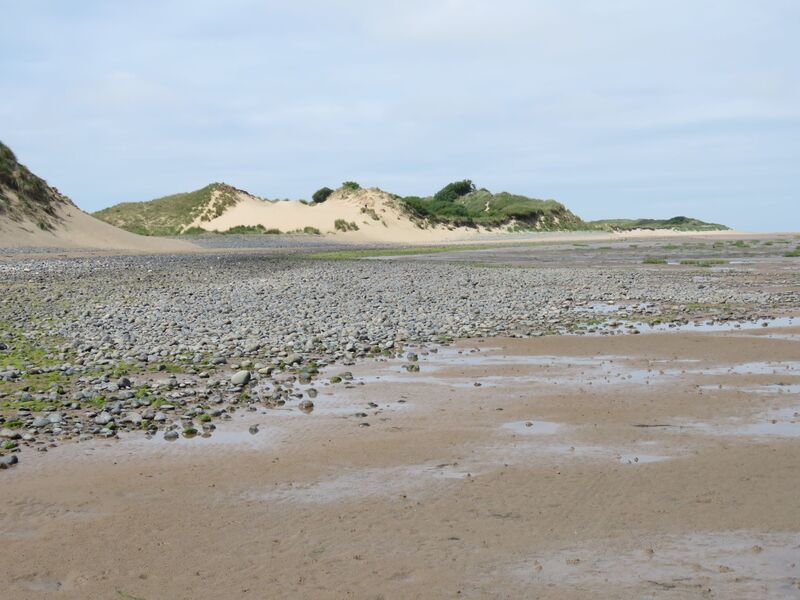
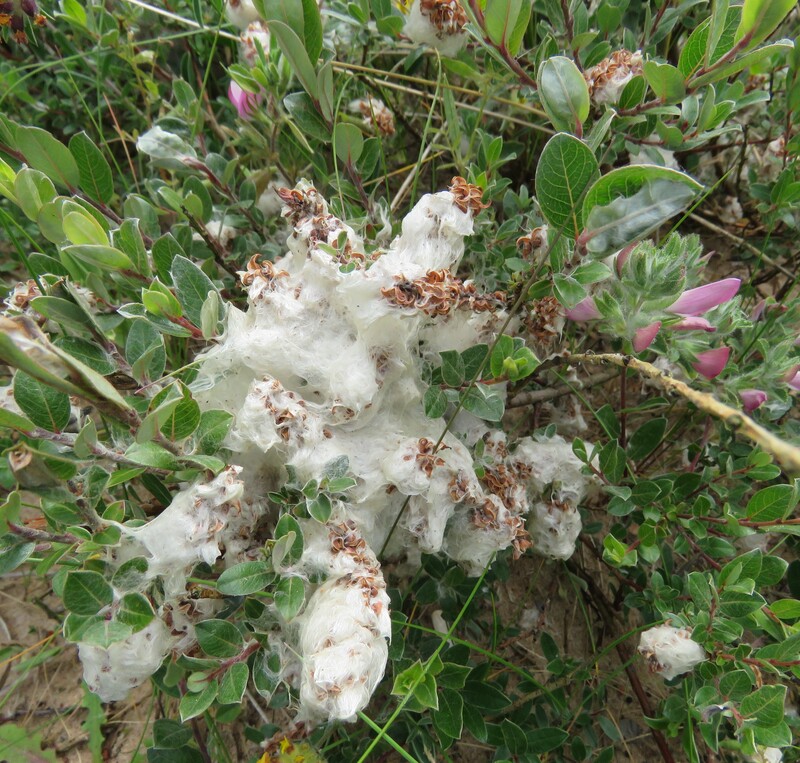
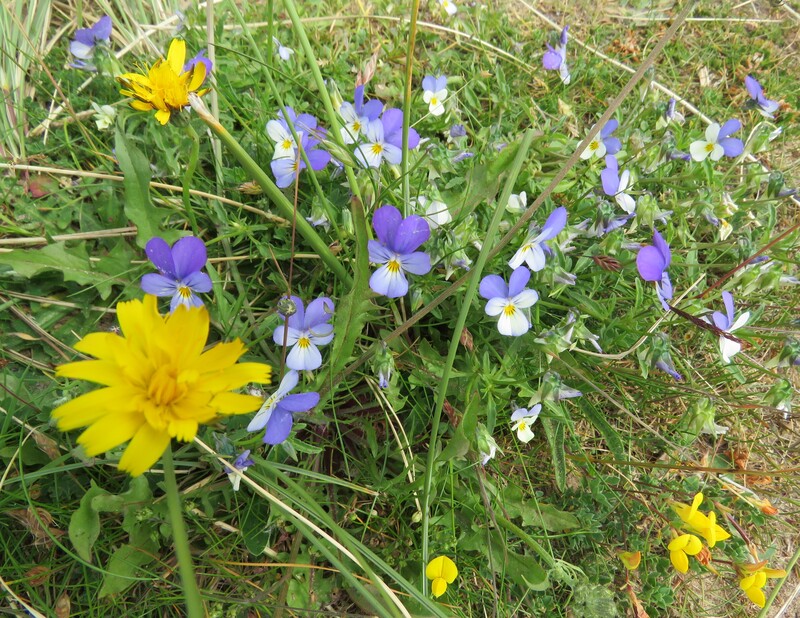
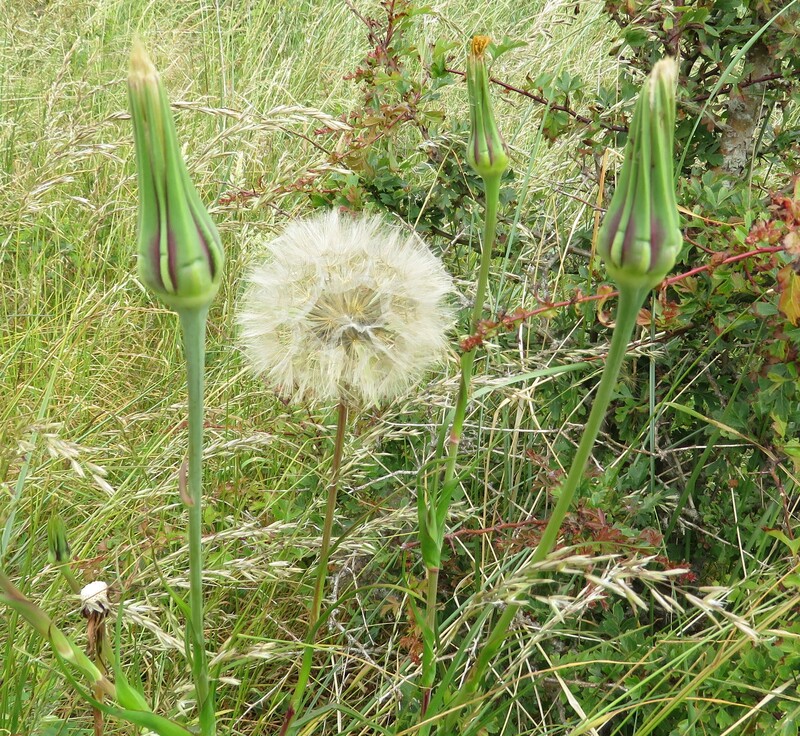
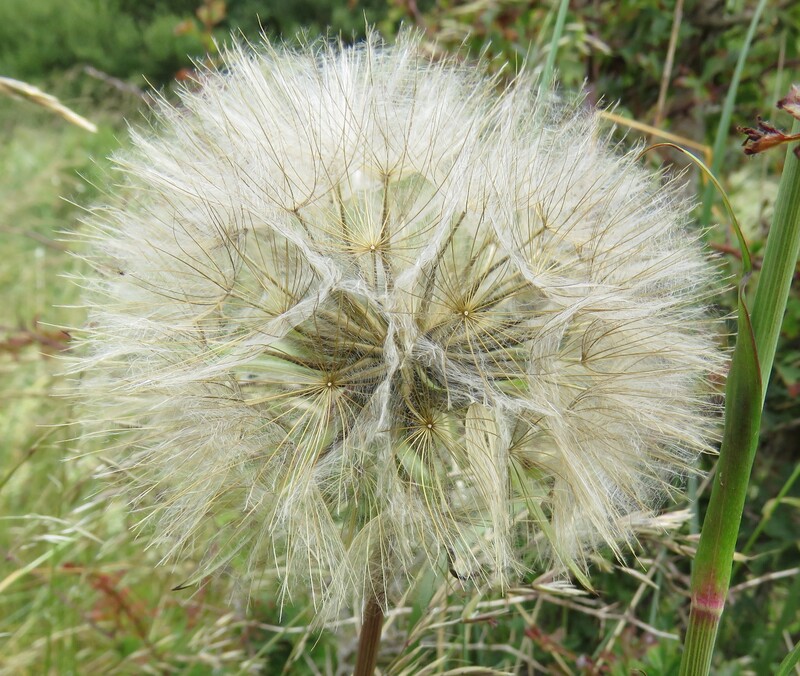
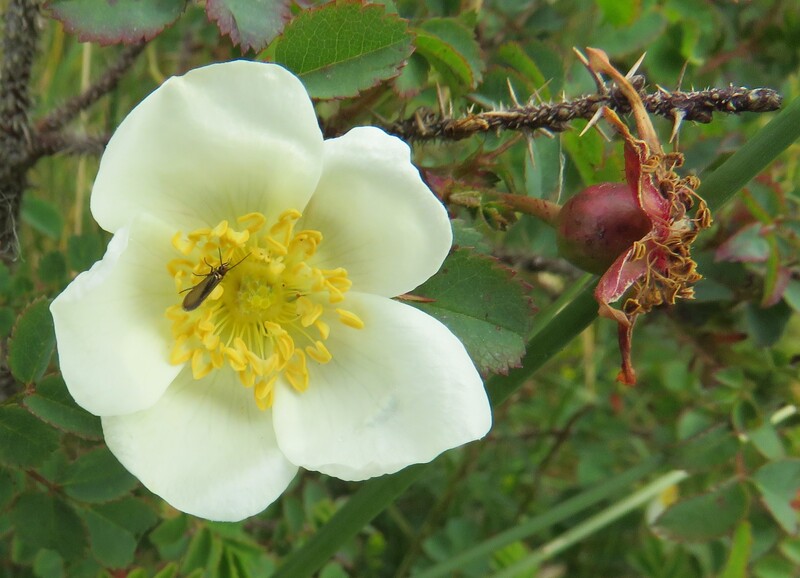
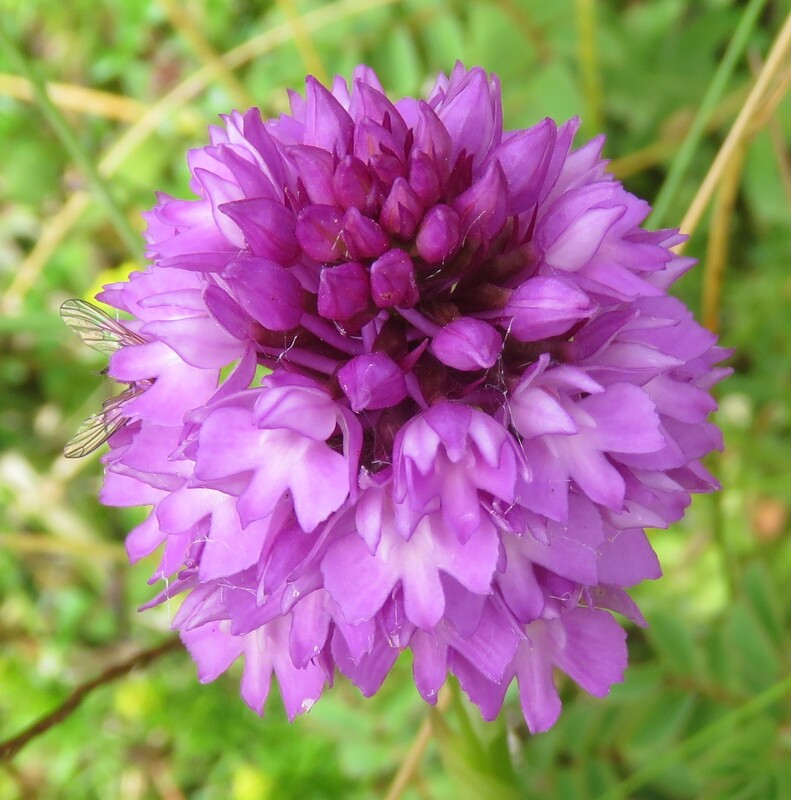

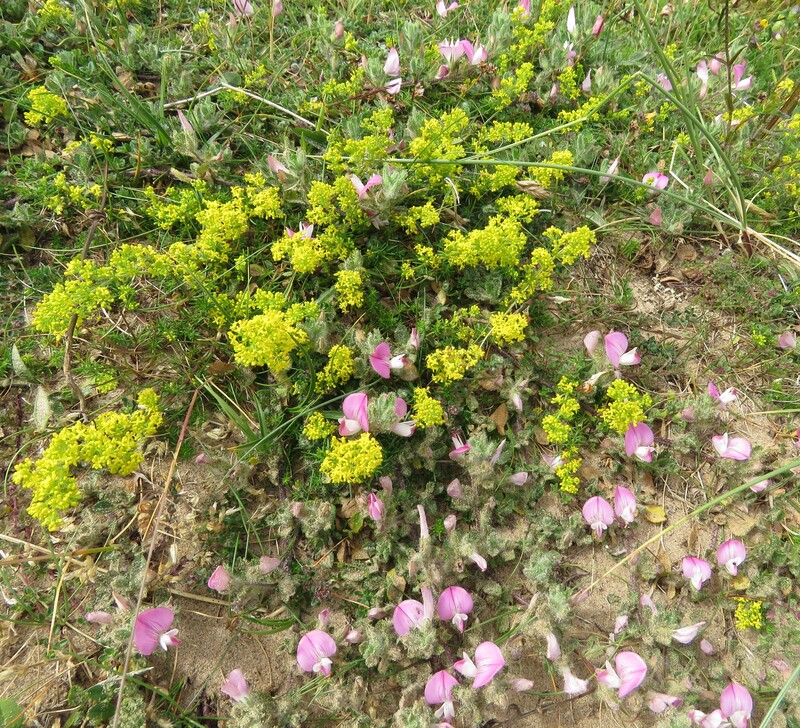
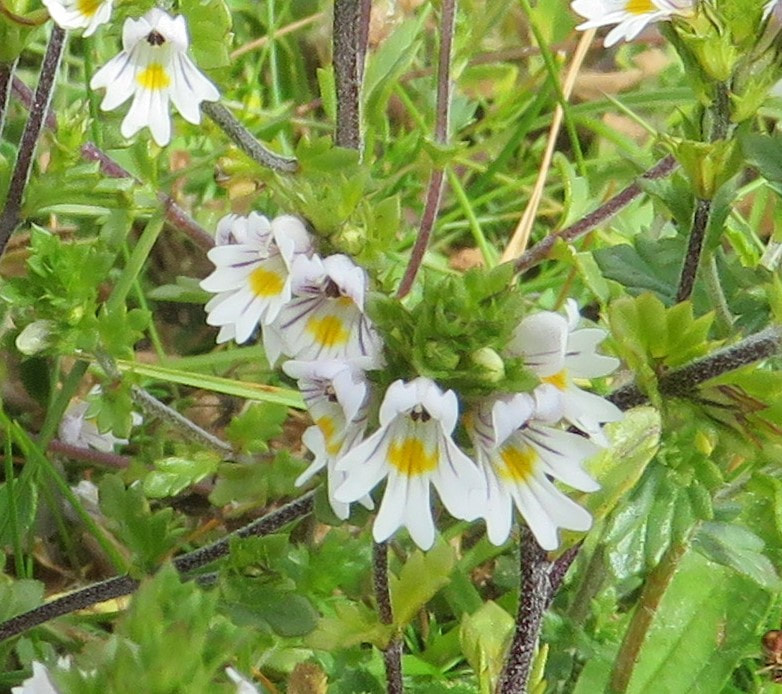
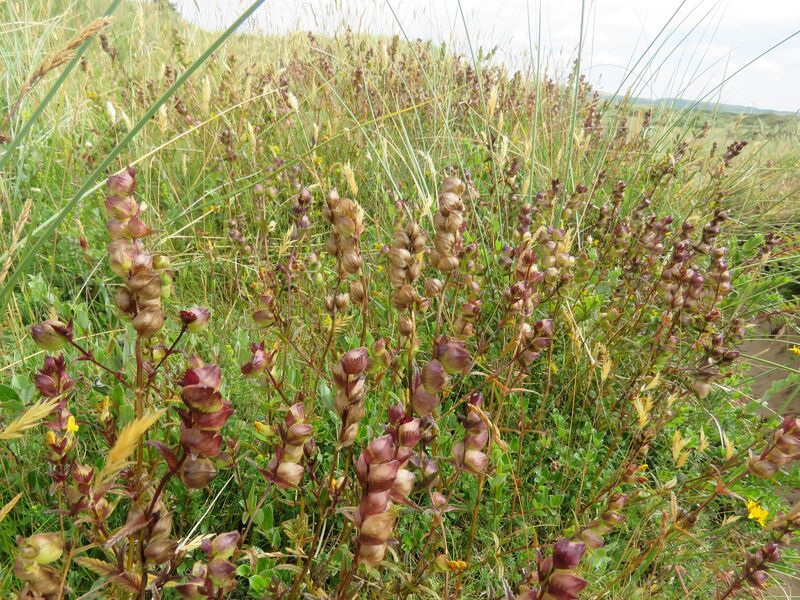
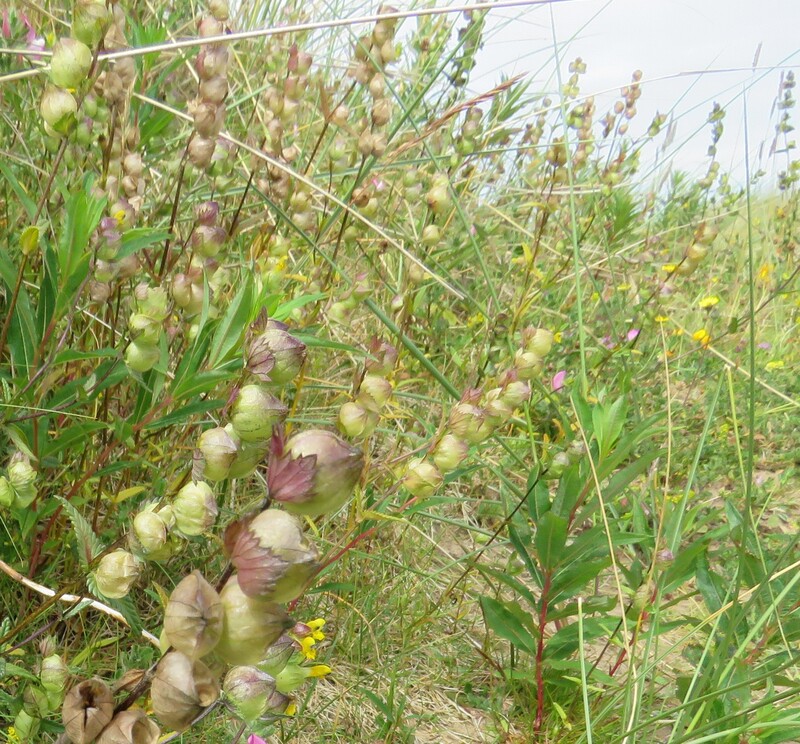
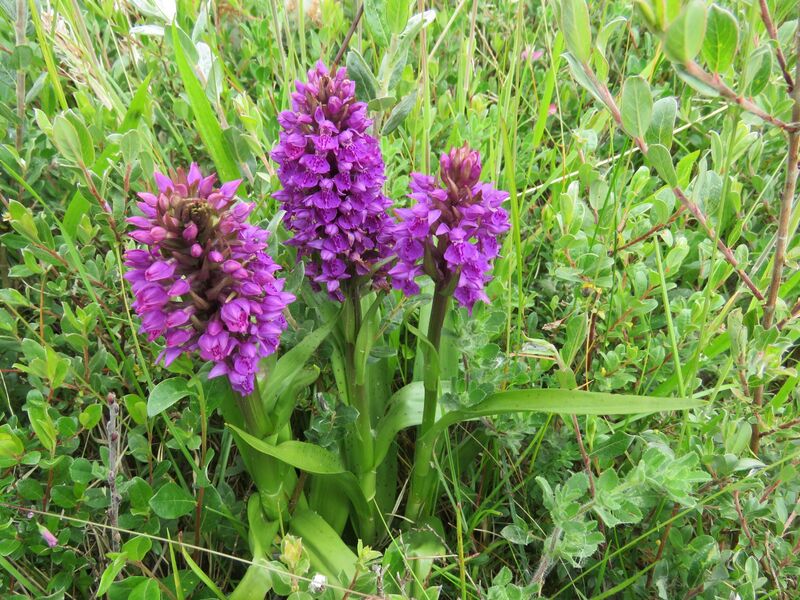
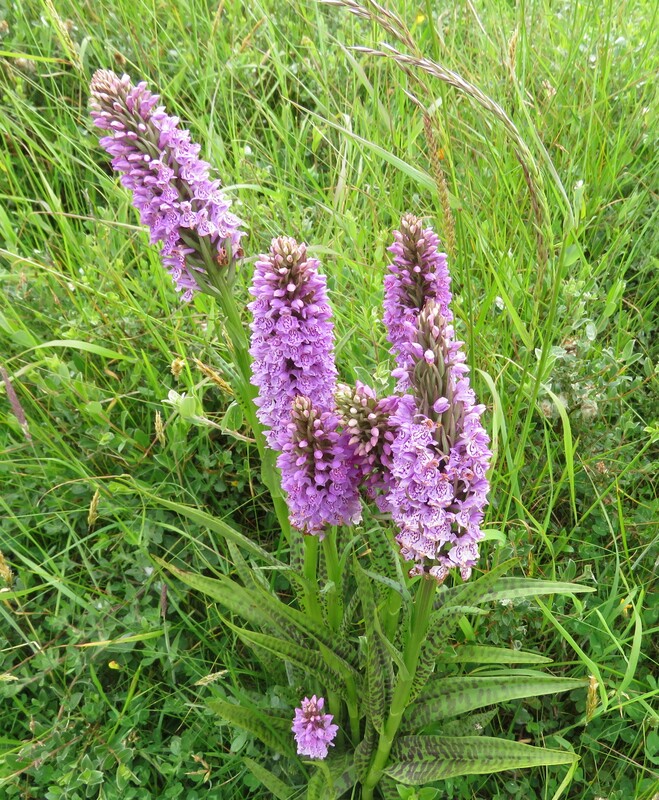
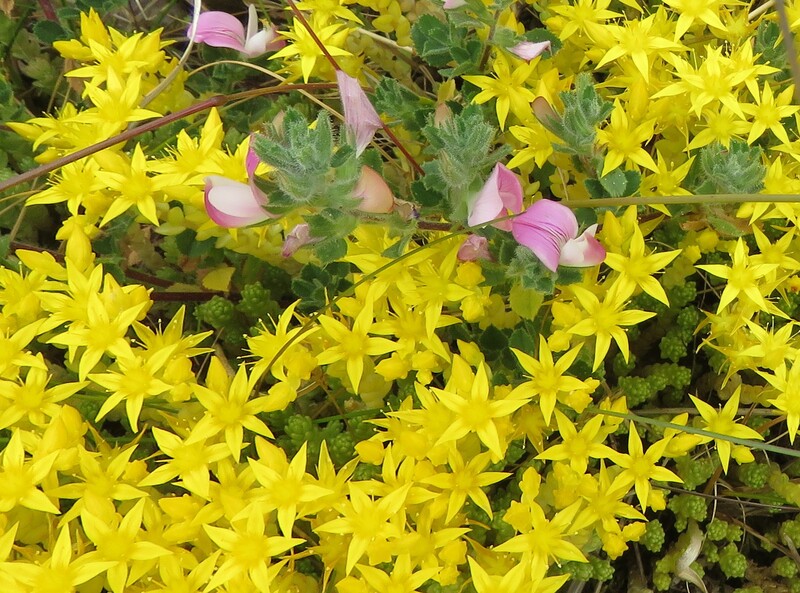
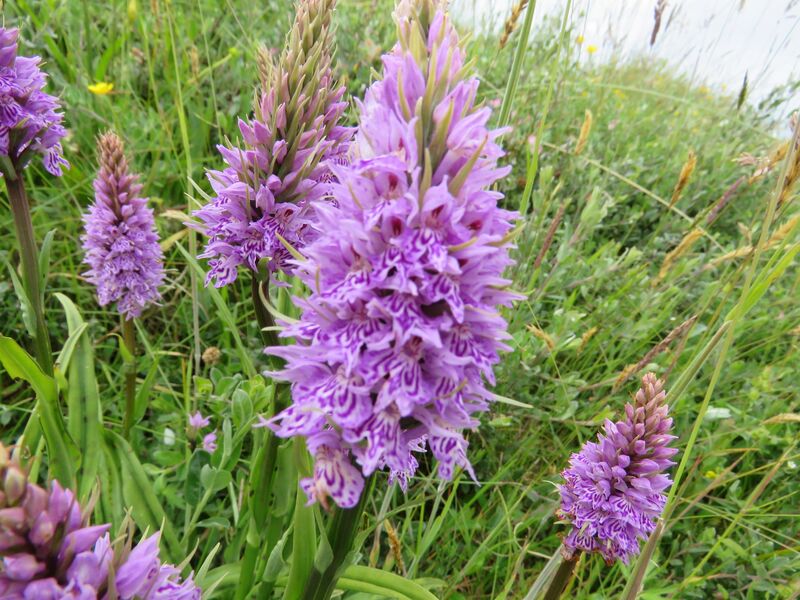
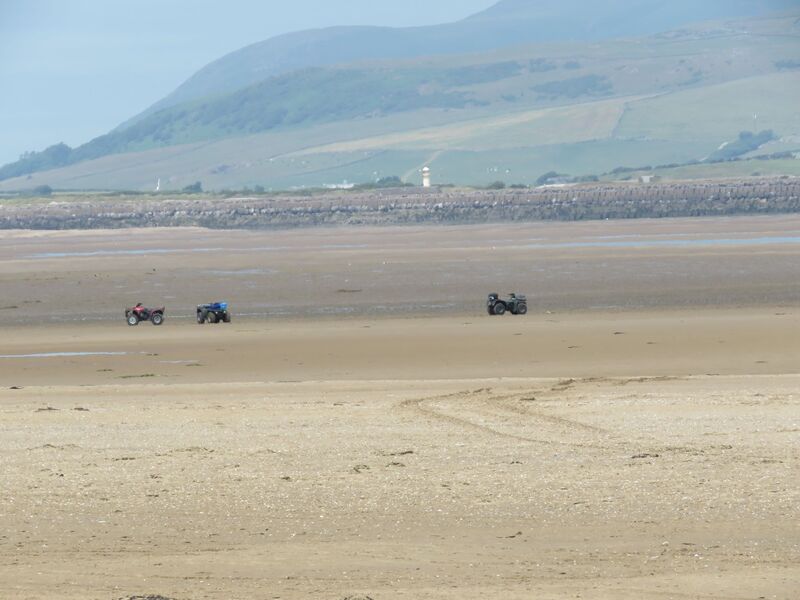
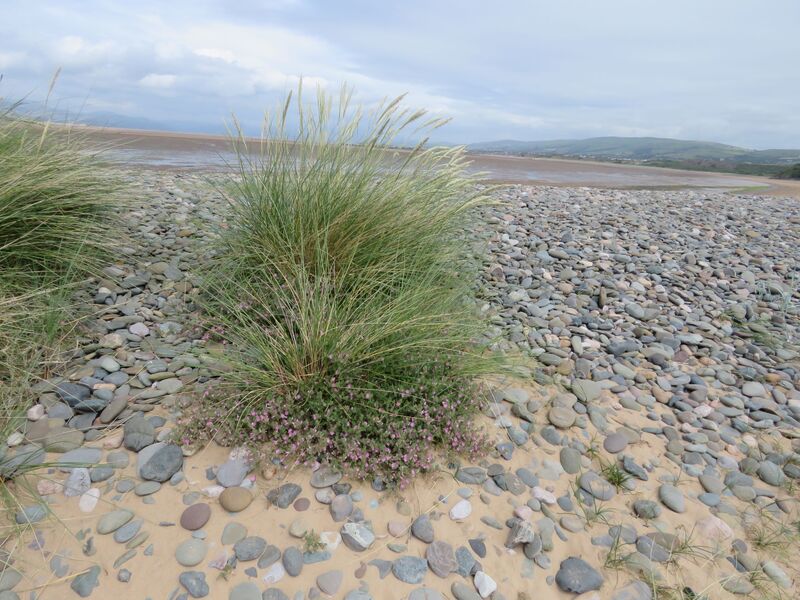
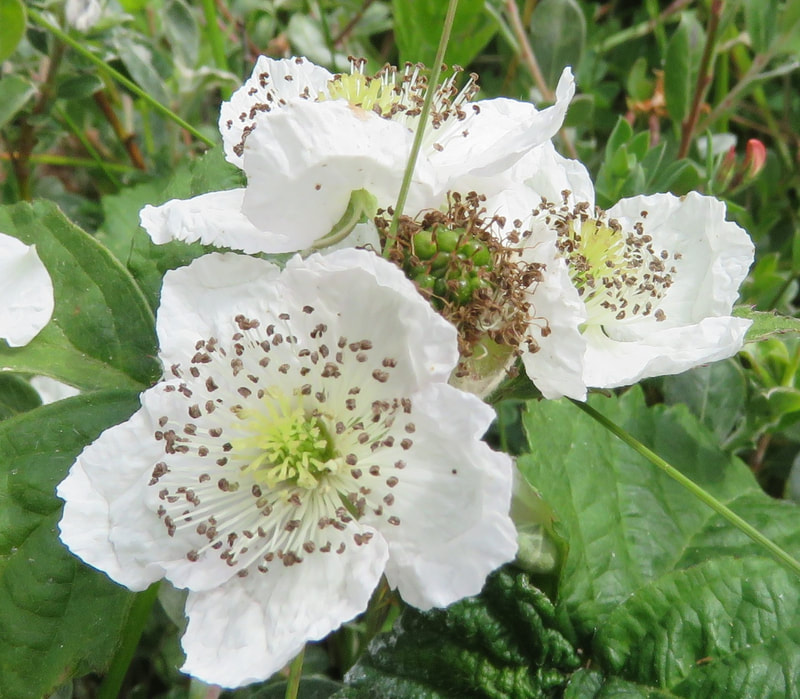
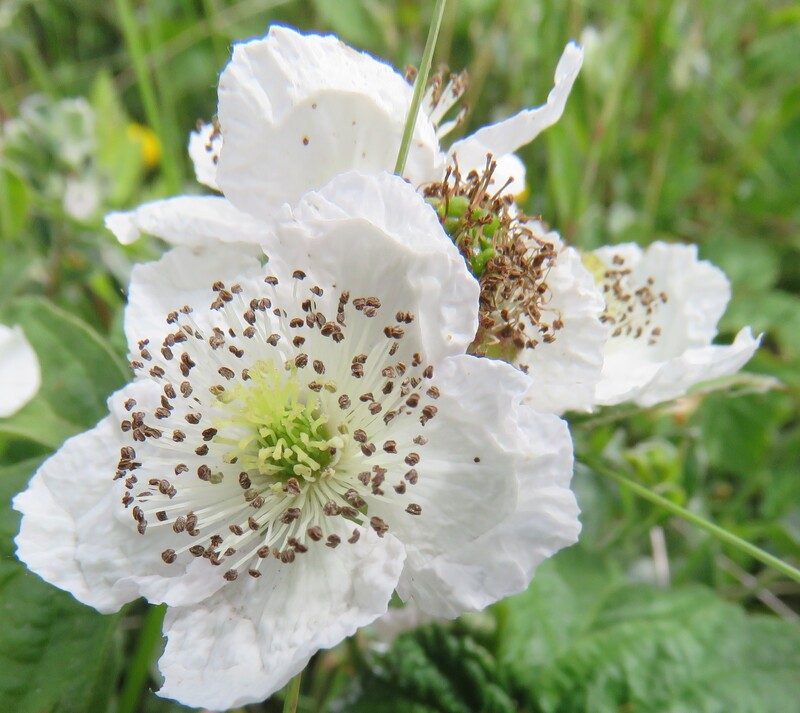
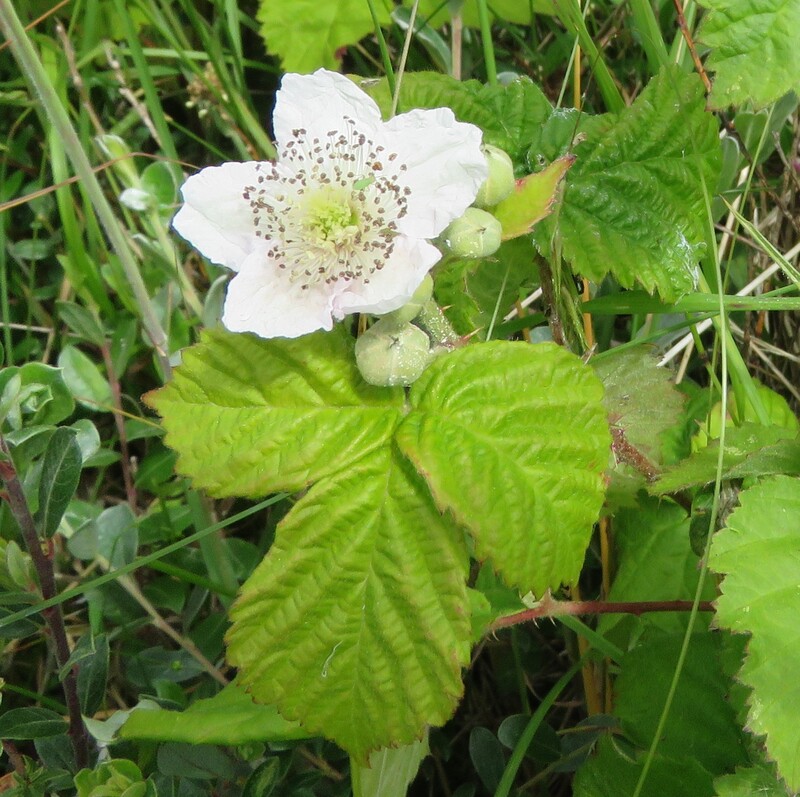
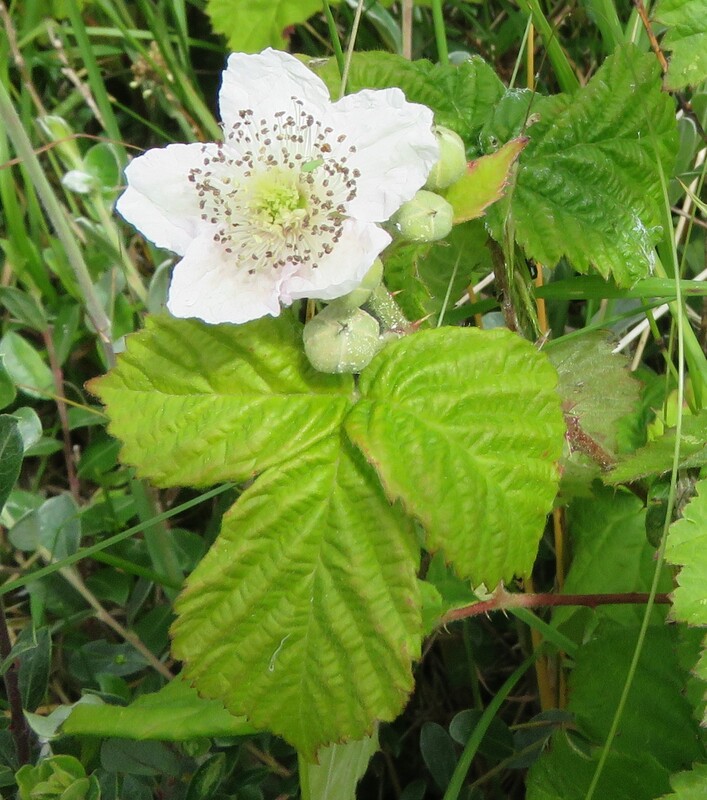
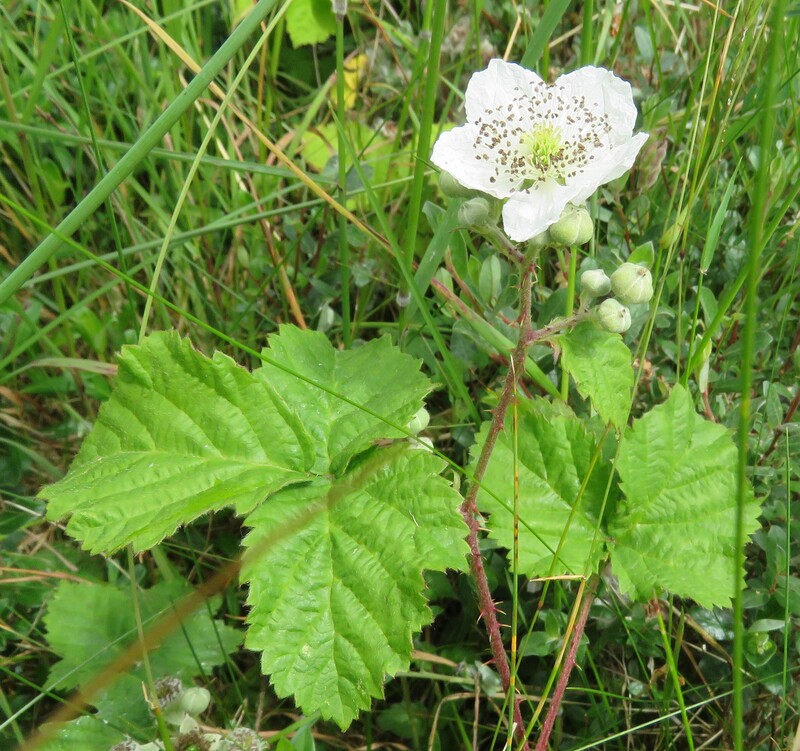
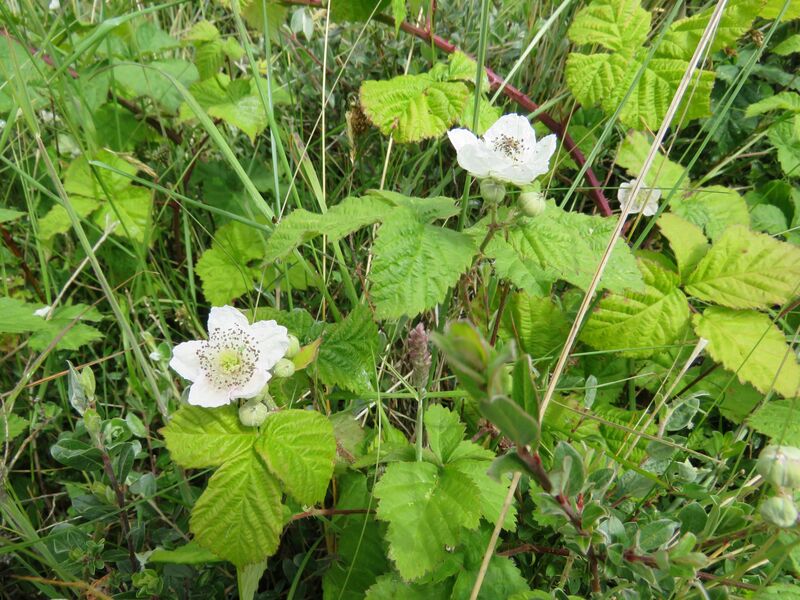
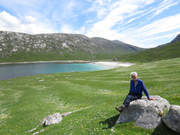
 RSS Feed
RSS Feed